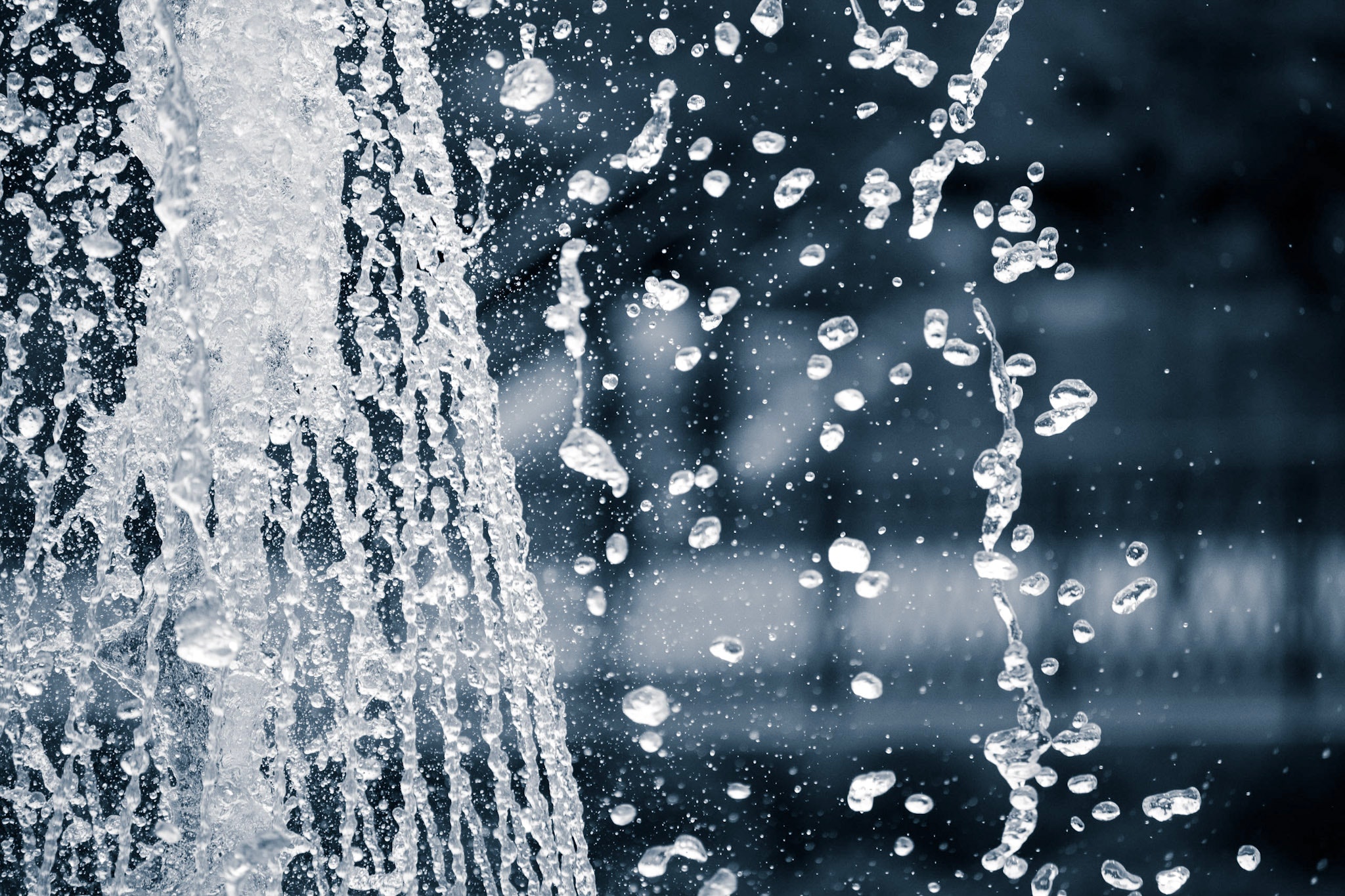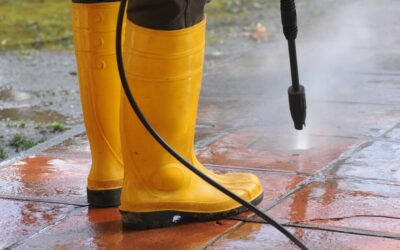Pressure washing and soft washing are two common methods used for cleaning exterior surfaces. Whilst both are cleaning processes that use water to clean, they are quite different in terms of their approach and effectiveness. If you’re considering soft washing or pressure washing for your home, it’s important to understand the difference between these two methods so that you can make an informed decision about which is best for your needs. In this article, we’ll explore the key differences between pressure washing and soft washing, and help you determine which method is right for your home.
Pressure washing
Pressure washing (also sometimes referred to as power washing) is a method of cleaning that uses high pressure water to blast away dirt, grime, and other types of buildup from a variety of exterior surfaces. This method is typically used for tough, heavy-duty cleaning tasks, such as removing oil stains from driveways, removing paint from brick, and cleaning decks and siding. The pressure from the water is what makes pressure washing so effective, as it can break up and remove even the most stubborn buildup.
Soft washing
Soft washing is a gentler method of cleaning that uses a low-pressure water sprayer and a specialised cleaning solution to clean exterior surfaces. This method is typically used for surfaces that are more delicate or prone to damage, such as roofs, stucco, and wood. Unlike pressure washing, soft washing uses mild cleaning solutions instead of high-pressure water to remove dirt and grime. This makes it a safer and more effective option for delicate surfaces that are sensitive to water pressure, as it reduces the risk of damage.
Key differences
The main difference between the two is the level of pressure used. Pressure washing uses high-pressure water to blast away dirt and grime, whereas soft washing uses a low-pressure water spray and cleaning solution to gently clean surfaces.
Another key difference between the two methods is the type of cleaning solution used. Pressure washing typically uses just water, whereas soft washing uses a specialised cleaning solution that is specifically formulated to target certain types of buildup, such as mold, mildew, and algae. This makes soft washing a more effective option for removing these types of substances, as it uses a targeted approach to cleaning rather than relying solely on water pressure.
Which method is right for you?
The method that is best for you will depend on the type of surface you want to clean and the type of buildup you’re trying to remove. If you have a tough, heavy-duty cleaning task, such as removing oil stains from a driveway or cleaning wood decks, pressure washing may be the best option. However, if you have a delicate surface or are trying to remove mold, mildew, or algae, soft washing may be the better choice.
In conclusion, pressure washing and soft washing are both effective methods for cleaning exterior surfaces. However, they are quite different in terms of their approach and effectiveness. When choosing between these two methods, consider the type of surface you want to clean and the type of buildup you’re trying to remove, and select the method that is best suited to your needs. Whether you choose to pressure wash or soft wash your home, you can be confident that your home will look its best once the cleaning is complete.
Looking for a professional pressure wash? Give Waterbomb Pressure Blasting a call on 0408 144 112. We are a professional pressure washing service based on the Gold Coast, and are passionate about helping you keep your surfaces clean and dirt-free – whether you opt for a pressure wash or soft wash.




